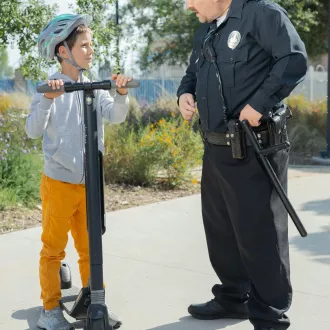Transcription Learning and continuous improvement through decision making
Identifying interests and needs is a crucial aspect of natural human development. A child who is able to recognize what he/she likes and needs will be better able to make important decisions for him/herself and assume responsibilities in daily life. Here, we will address the different strategies and methods that parents and caregivers can use to teach children to identify their interests and needs.
Children have unique interests and needs that must be understood and addressed for healthy development. Therefore, teaching a child to identify his or her interests and needs is critical in order for the child to develop greater autonomy. Following are some strategies and techniques that can help parents and caregivers teach children to identify their interests and needs
Encourage observation and exploration
A child should have the opportunity to explore and experiment in different areas, from sports and music to literature and art. Allowing children to explore these areas gives them the opportunity to discover their likes and dislikes, and parents and caregivers can encourage this exploration by presenting different options and learning opportunities.
Active listening
It is important to actively listen to children when they talk about their interests and needs. Listening to what children have to say allows parents and caregivers to better understand children and what they need. This also helps children feel more valued and builds their self-esteem and confidence.
Teaching children to ask questions
Asking questions is an important skill that allows children to gain information and better understand the world around them. Teaching children to ask questions about their interests and needs allows them to develop their analytical and critical thinking skills, which in turn helps them to identify their own interests and needs.
Teaching children to reflect on their experiences
By reflecting on their experiences, children can develop a greater understanding of their i
learning decisions organization




